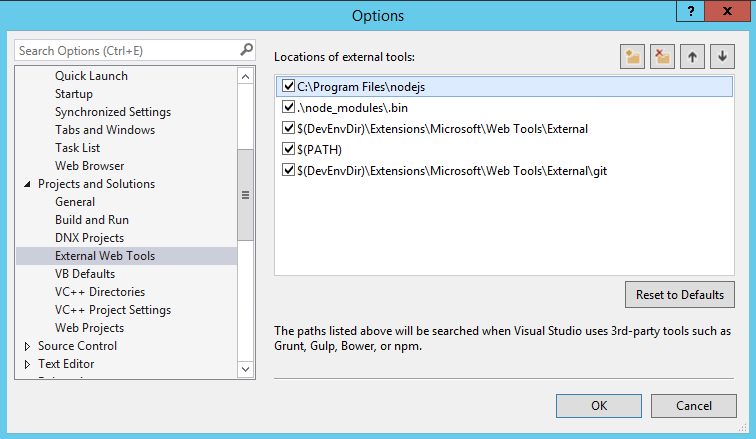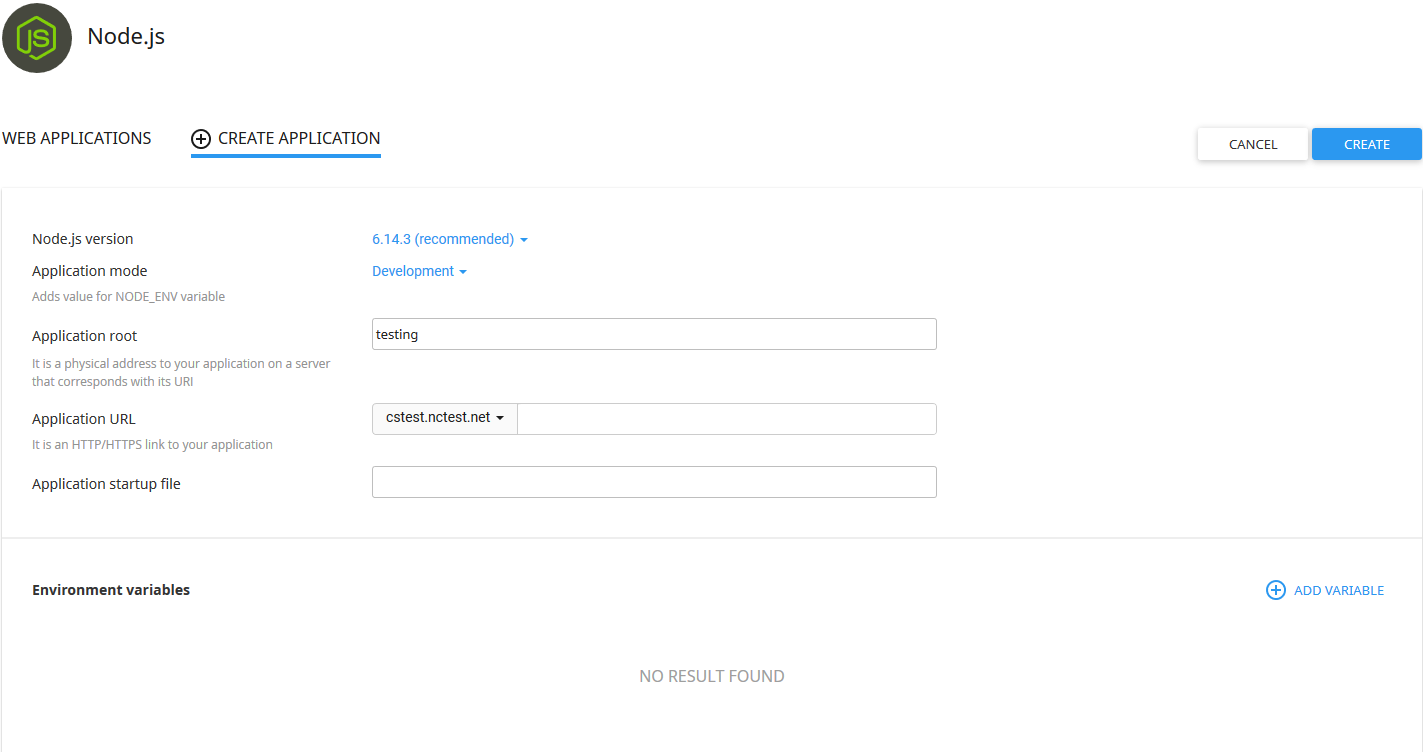

- #HOW CREATE NODE JS WINDOWS APPLICATION USING NODE.JS HOW TO#
- #HOW CREATE NODE JS WINDOWS APPLICATION USING NODE.JS .EXE#
- #HOW CREATE NODE JS WINDOWS APPLICATION USING NODE.JS INSTALL#
- #HOW CREATE NODE JS WINDOWS APPLICATION USING NODE.JS GENERATOR#
- #HOW CREATE NODE JS WINDOWS APPLICATION USING NODE.JS CODE#
#HOW CREATE NODE JS WINDOWS APPLICATION USING NODE.JS .EXE#
Compile your project into an executable using nexe. Compile one javascript file into an exercutable using nexe. Then, we’ll compile our JavaScript files into an executable file. #HOW CREATE NODE JS WINDOWS APPLICATION USING NODE.JS HOW TO#
In this tutorial, we’ll learn how to create executable files for our Node.js application. This causes the need for a simple executable file that can run on any operating system without requiring the user to perform other steps to run the application.
#HOW CREATE NODE JS WINDOWS APPLICATION USING NODE.JS CODE#
But, the end-users are just interested in running the application and not the underlying code and processes.
Express Web Framework (Node.During the development phase, the developer performs several processes of installation and coding to build and run an application. Express Web Framework (node.js/JavaScript). Tutorial Part 11: Deploying Django to production. Tutorial Part 10: Testing a Django web application. Tutorial Part 8: User authentication and permissions. Tutorial Part 6: Generic list and detail views. Tutorial Part 5: Creating our home page. Tutorial Part 2: Creating a skeleton website. Setting up your own test automation environment. Building Angular applications and further resources. Advanced Svelte: Reactivity, lifecycle, accessibility. Dynamic behavior in Svelte: working with variables and props. Vue conditional rendering: editing existing todos. Adding a new todo form: Vue events, methods, and models. Ember Interactivity: Footer functionality, conditional rendering. Ember interactivity: Events, classes and state. Ember app structure and componentization. React interactivity: Editing, filtering, conditional rendering. Client-side web development tools index. Assessment: Accessibility troubleshooting. CSS and JavaScript accessibility best practices. Accessibility - Make the web usable by everyone. CSS property compatibility table for form controls. Making asynchronous programming easier with async and await. Graceful asynchronous programming with Promises. Cooperative asynchronous JavaScript: Timeouts and intervals. General asynchronous programming concepts. Assessment: Adding features to our bouncing balls demo. Introducing JavaScript objects overview. Making decisions in your code - Conditionals. Basic math in JavaScript - Numbers and operators. Storing the information you need - Variables. What went wrong? Troubleshooting JavaScript. JavaScript - Dynamic client-side scripting. Assessment: Typesetting a community school homepage. HTML Table advanced features and accessibility. From object to iframe - other embedding technologies. Assessment: Structuring a page of content. The createServer() function takes as an argument a callback function that will be invoked when an HTTP request is received - this returns a response with an HTTP status code of 200 ("OK") and the plain text "Hello World". The script then prints a message to the console about what browser URL you can use to test the server. createServer ( ( req, res ) => ) The code imports the "http" module and uses it to create a server ( createServer()) that listens for HTTP requests on port 3000. Load HTTP module const http = require ( "http" ) const hostname = '127.0.0.1' const port = 3000 //Create HTTP server and listen on port 3000 for requests const server = http. 
We'll be using it though, because it makes getting started a lot easier, and promotes a modular application structure.
#HOW CREATE NODE JS WINDOWS APPLICATION USING NODE.JS GENERATOR#
The application generator is optional because you don't need to use this tool to create apps that use Express, or construct Express apps that have the same architectural layout or dependencies.
#HOW CREATE NODE JS WINDOWS APPLICATION USING NODE.JS INSTALL#
NPM can also be used to (globally) install the Express Application Generator, a handy tool for creating skeleton Express web apps that follow the MVC pattern. Express is then installed by NPM as a dependency of your individual Express web applications (along with other libraries like template engines, database drivers, authentication middleware, middleware to serve static files, etc.) Node and the NPM package manager are installed together from prepared binary packages, installers, operating system package managers or from source (as shown in the following sections). The Express development environment includes an installation of Nodejs, the NPM package manager, and (optionally) the Express Application Generator on your local computer.






 0 kommentar(er)
0 kommentar(er)
